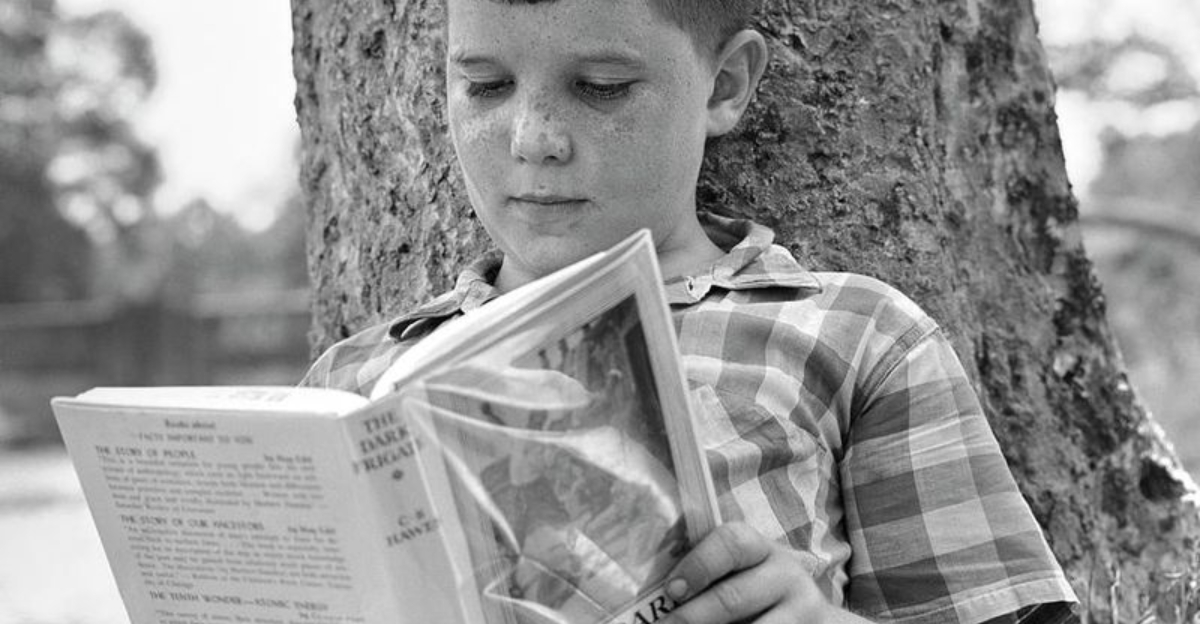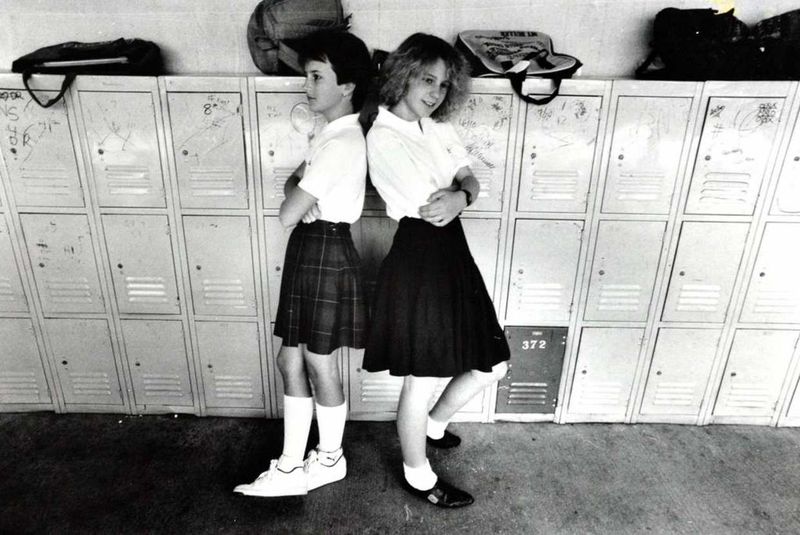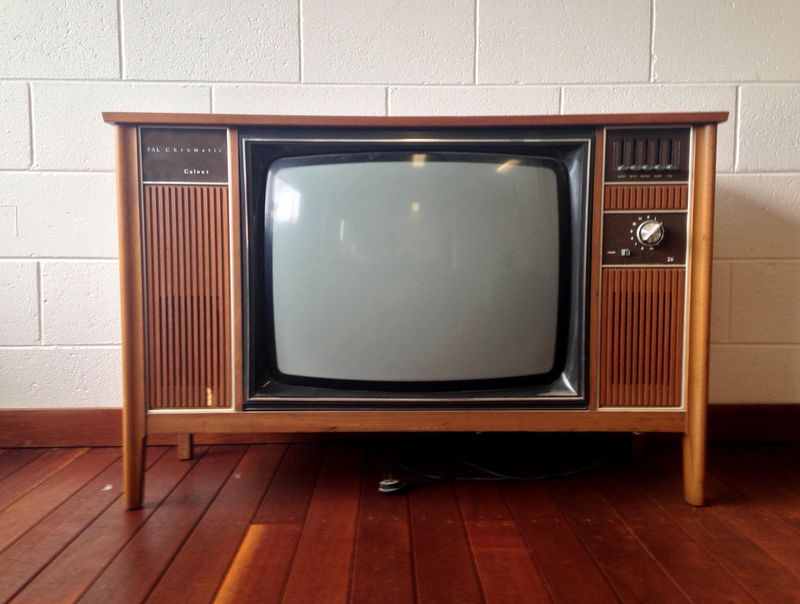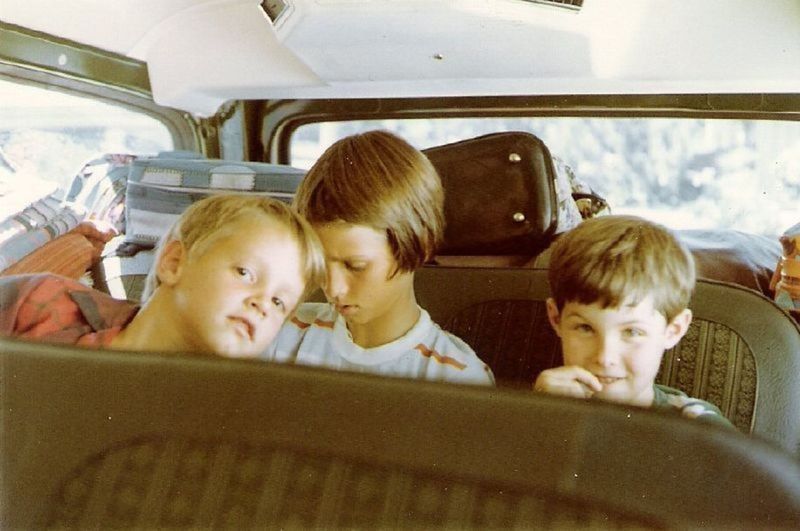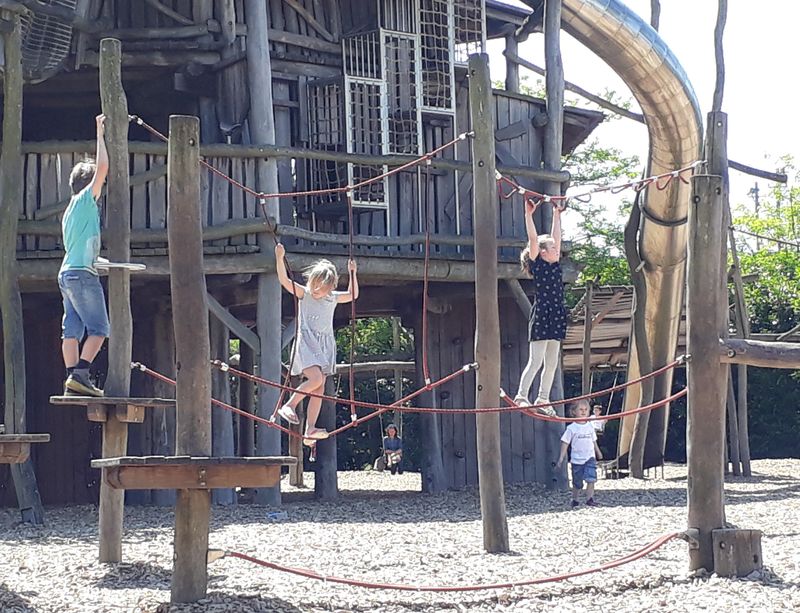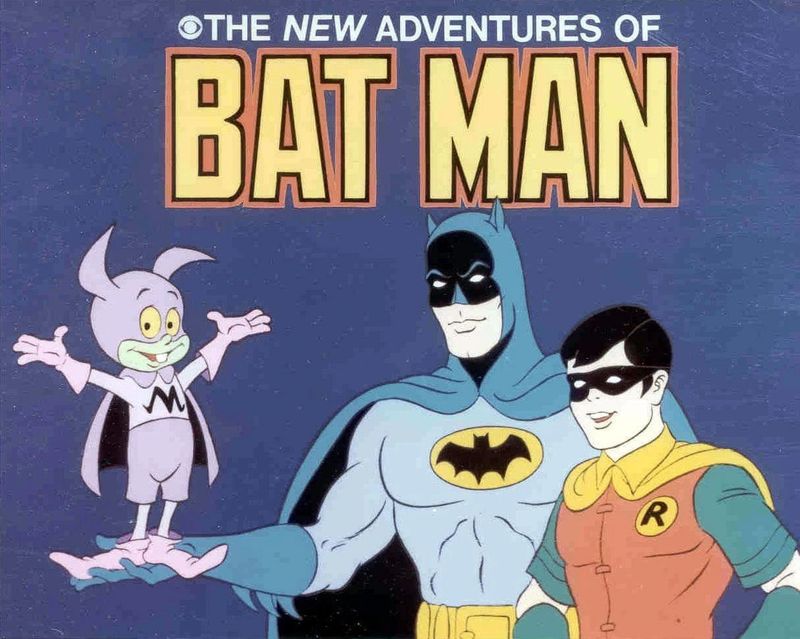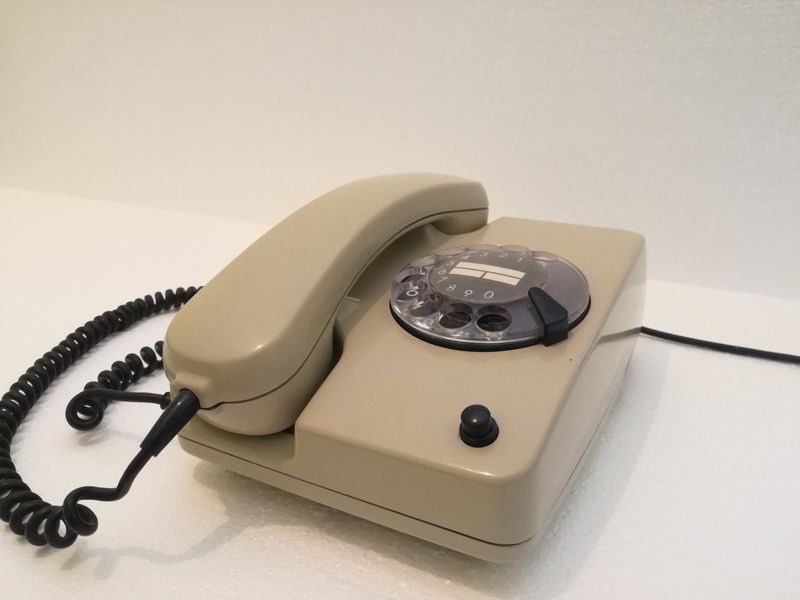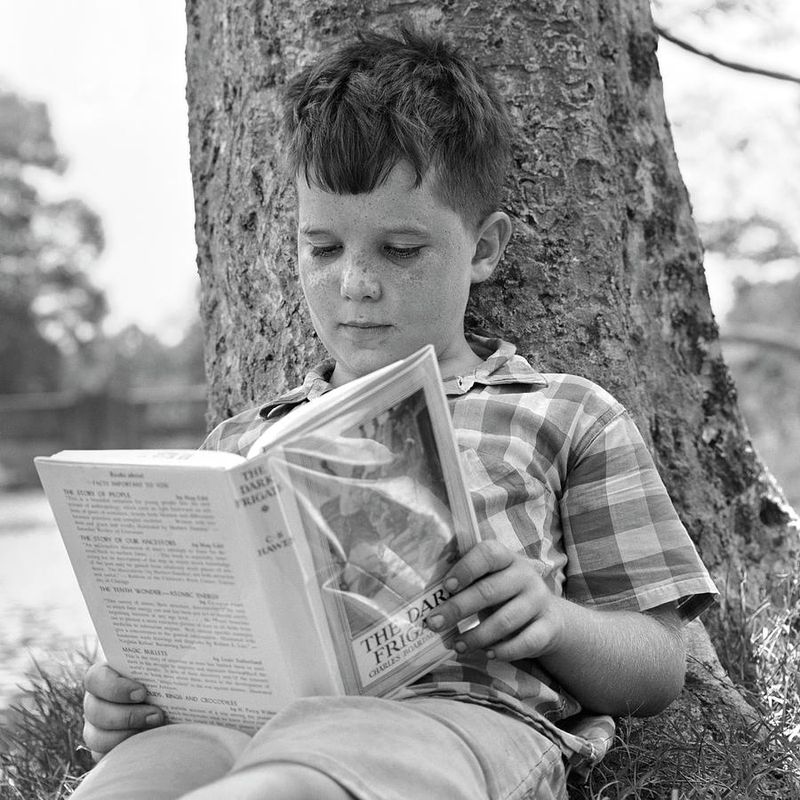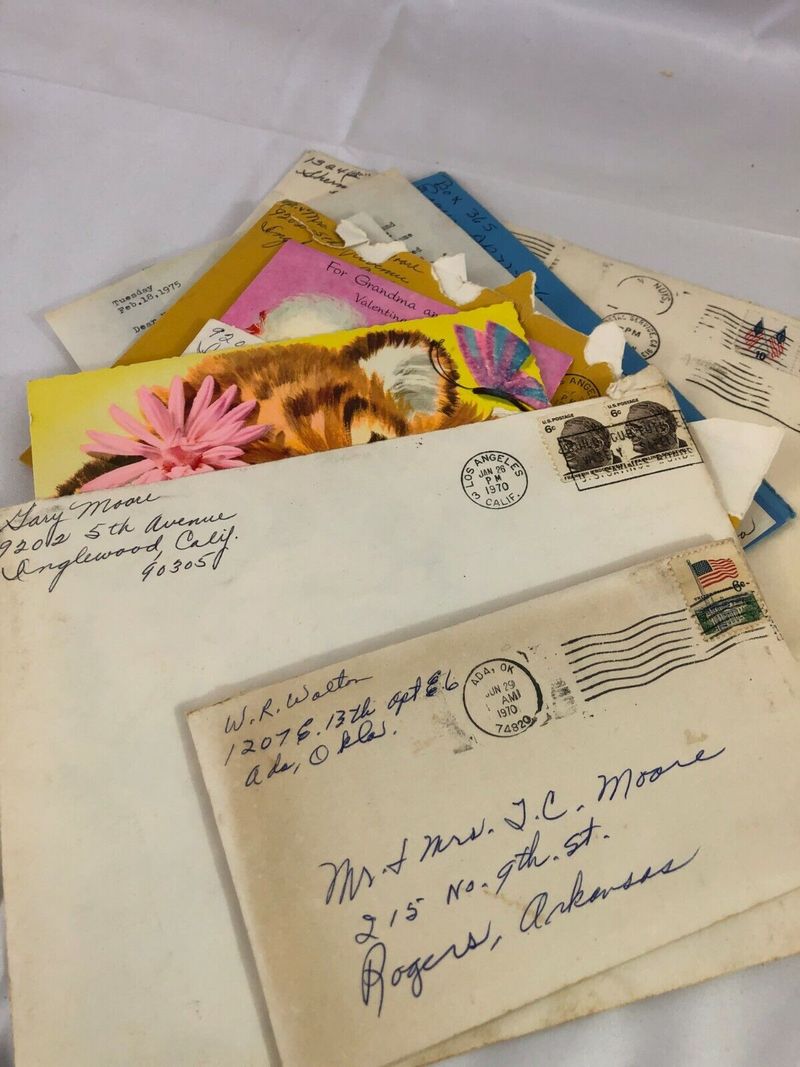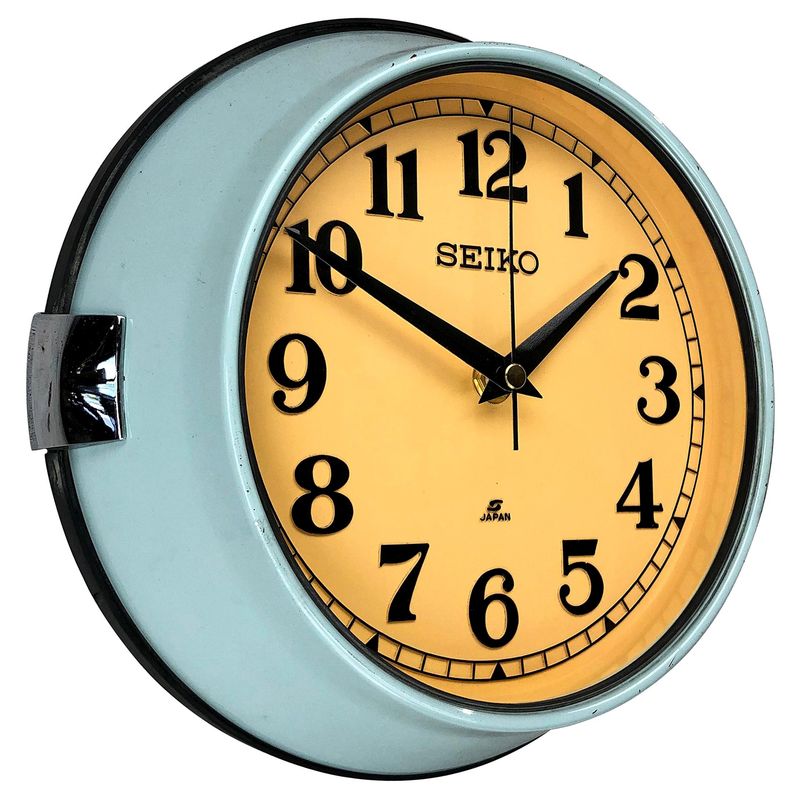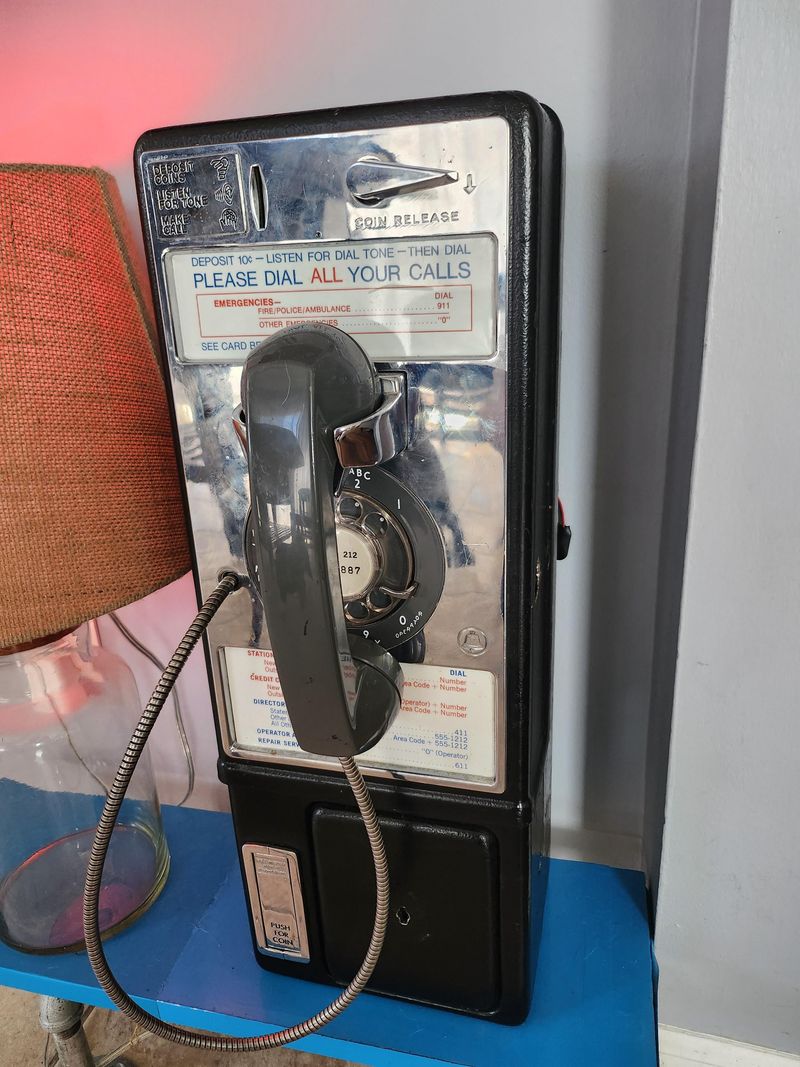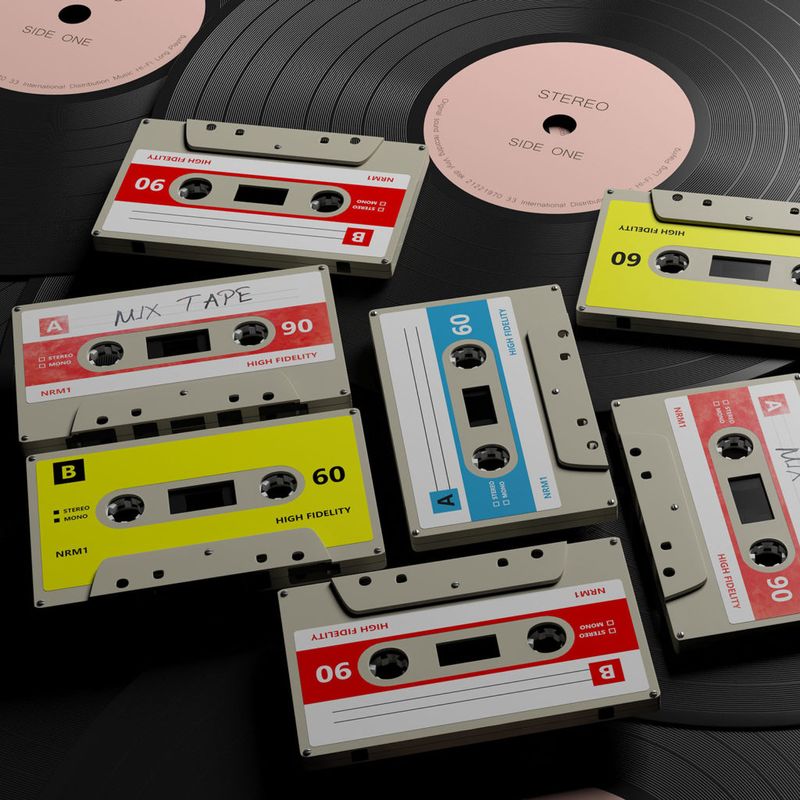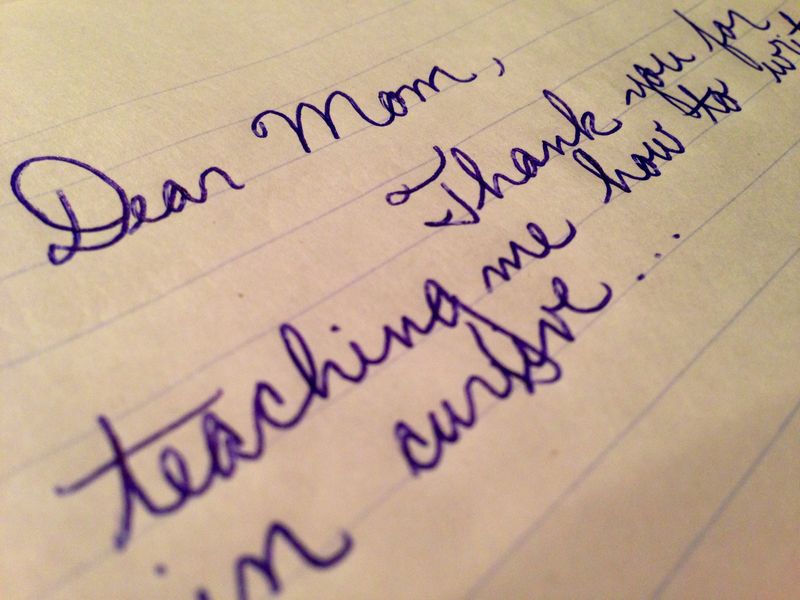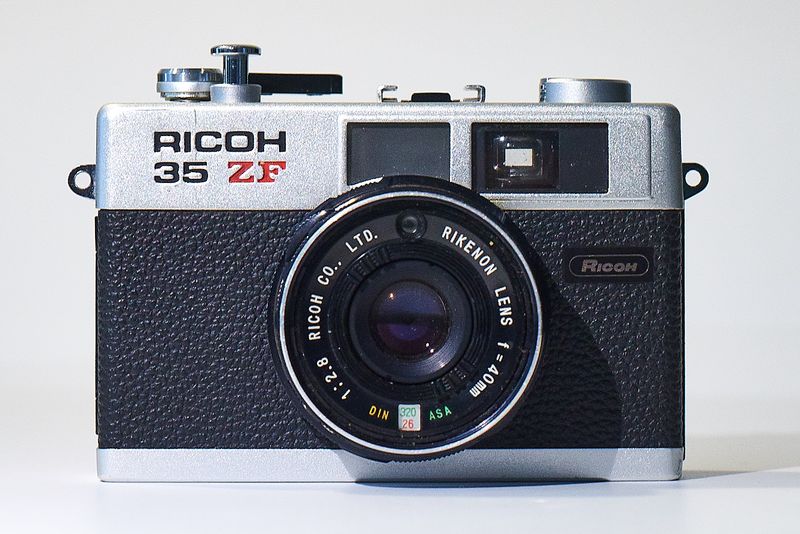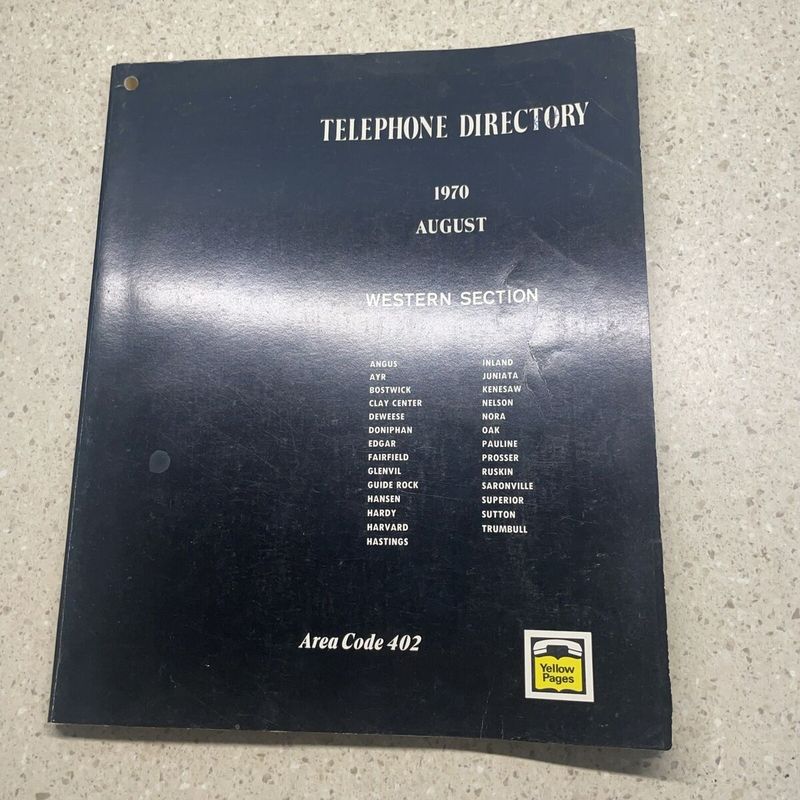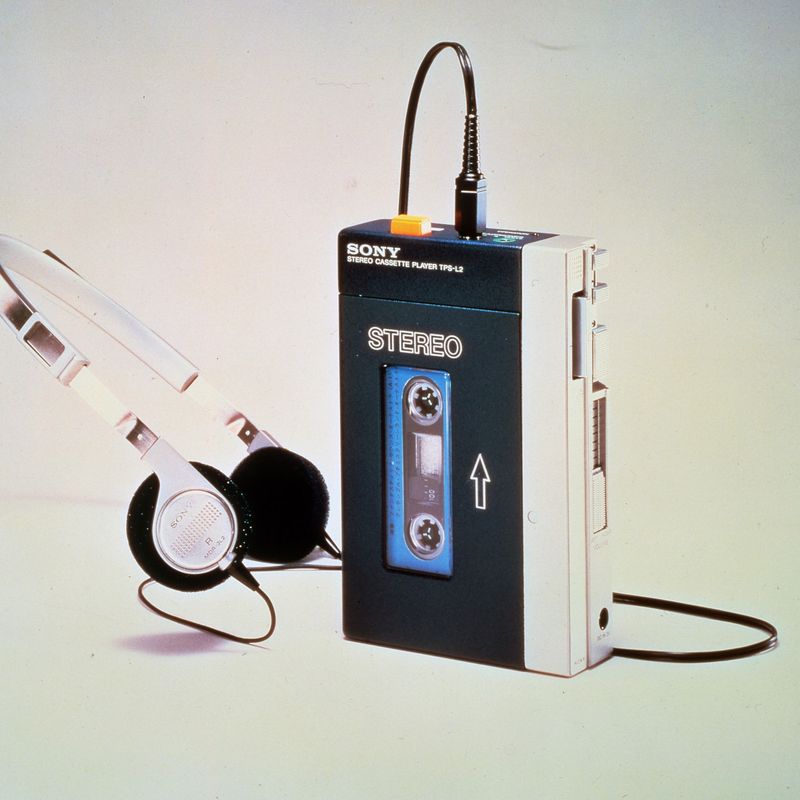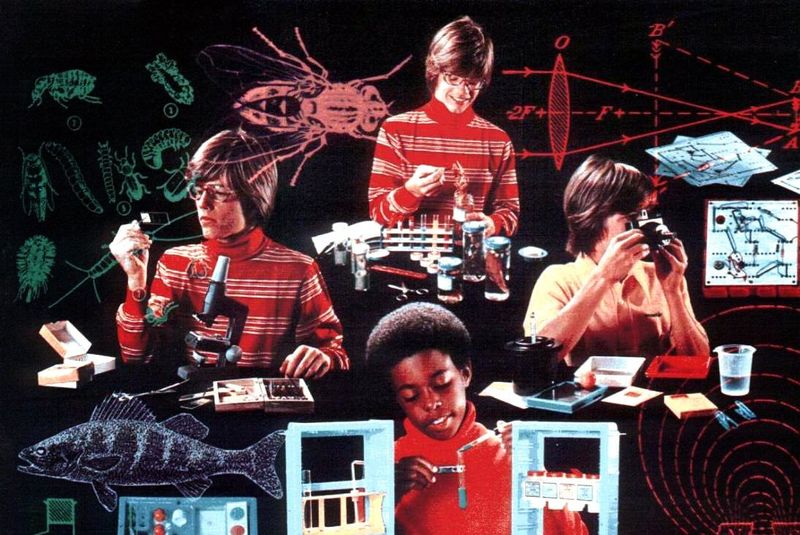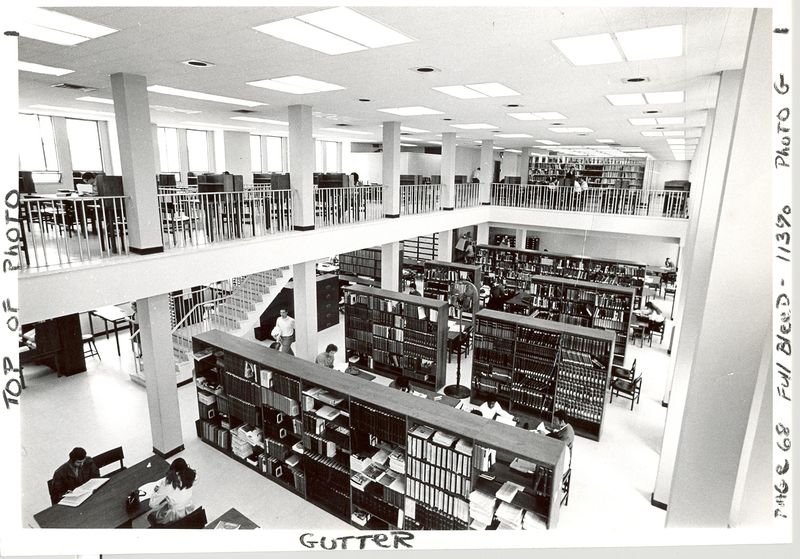The 1970s was a unique decade, full of cultural shifts and new societal norms. However, some of the rules that kids had to follow back then seem quite unimaginable today.
From strict school dress codes to the lack of digital technology, the lifestyle and expectations of children during this time were markedly different.
This blog post explores 20 such rules that were a part of daily life for kids in the 70s, highlighting how far we’ve come and the drastic changes in parenting and societal expectations.
1. Strict School Dress Codes
In the 1970s, school dress codes were quite strict compared to today’s standards. Boys often had to wear ties and slacks, while girls were expected to don knee-length skirts or dresses. Individuality in clothing was not encouraged, as uniforms or conservative attire were the norms.
This was seen as a way to maintain discipline and reduce distractions within the classroom environment. Many kids found these rules stifling, yet they were expected to comply without question.
Today, dress codes in schools have evolved, allowing for more personal expression and comfort for the students.
2. Limited Screen Time
Back in the 70s, screen time was naturally limited due to the technology available. Households typically had one television, and channels were limited, often broadcasting only in the evenings or early mornings with children’s programming.
Remote controls were uncommon, meaning someone physically changed channels. This made the television experience more communal, with families gathering to watch programs together.
Unlike today, where screens are ubiquitous, and content is available on-demand, children in the 70s spent more time outdoors or engaging in imaginative play.
3. No Seatbelts
A surprising fact about the 1970s is that seatbelt use was not mandatory. Cars were often manufactured without rear seatbelts, and wearing them was not a priority for many families.
Kids would frequently move around freely in the car, even climbing into the front seat during trips. Safety regulations were not as stringent, and the concept of car seats for toddlers was just beginning to take hold.
This lack of enforcement seems unimaginable today, where car safety is paramount and legally enforced, ensuring the protection of all passengers.
4. Free-Range Outdoor Play
Children in the 70s enjoyed a level of freedom that is rare today. Playing outside without direct adult supervision was the norm, often lasting until dusk.
Neighborhoods were seen as safe havens, where kids could explore, ride bikes, and play games without constant oversight. Parents believed this independence fostered creativity and resilience.
In contrast, today’s parents are more protective, often arranging supervised playdates, reflecting changes in societal norms around safety and the perceived risks of unsupervised play.
5. Limited Fast Food Options
Fast food in the 1970s was not as prevalent as it is today. Chains were fewer, and the options were limited to simple menus featuring burgers, fries, and shakes.
Eating out was considered a treat rather than a regular occurrence. Families often cooked at home, and the concept of grabbing a quick meal on the go wasn’t ingrained in the culture yet.
The limited availability of fast food contributed to different dietary habits, with homemade meals forming the core of family life, unlike the fast-paced food culture of today.
6. Saturday Morning Cartoons
Saturday mornings held a special place in the hearts of 70s kids. This was the prime time for cartoons, with networks dedicating the morning hours to beloved animated shows.
Without streaming services, children had to wait all week to catch their favorite programs, creating a unique sense of anticipation and excitement. This ritual was a shared experience for many families, often accompanied by breakfast.
Today, with shows available at any time, the magic of waiting for Saturday morning cartoons has faded, replaced by the convenience of on-demand viewing.
7. Rotary Phones
Communication in the 1970s was vastly different, with rotary phones being a staple in homes. Making a call required patience, as each number had to be dialed one at a time.
Kids growing up in this era learned the art of waiting and memorizing phone numbers, as speed dial and mobile phones were non-existent. The corded phones also meant that conversations were often held in shared spaces, limiting privacy.
Today’s children, accustomed to smartphones and instant communication, would find this method archaic, highlighting technological advancements over the decades.
8. No Internet
The absence of the internet in the 1970s meant that information gathering was a manual process. Kids relied on libraries and encyclopedias for school projects and research.
This required planning and time management, as answers were not just a click away. It also fostered a love for reading and a deeper understanding of subjects.
In today’s world, where information is instantly accessible online, the skills developed through this traditional research method may seem foreign, yet they instilled patience and persistence in the youth of that time.
9. Handwritten Letters
Before emails and instant messaging, handwritten letters were a primary form of communication, especially for long-distance connections. Kids learned to express themselves through writing, cherishing the art of letter writing.
This practice taught patience, as waiting for a reply could take days or weeks. Sending and receiving letters was an exciting event, often involving decorated stationery and personal touches.
While today’s communication is instant, the charm and anticipation of handwritten letters remain a nostalgic memory, reflecting a more personalized and thoughtful way to stay in touch.
10. Analog Clocks and Watches
Telling time in the 1970s often meant reading analog clocks and watches. Digital timepieces were not widespread, making the skill of reading clock faces essential for children.
Learning to tell time was a rite of passage, often taught in schools and at home. It also helped develop mathematical skills, as children calculated time differences and durations.
Today, with digital clocks everywhere, this skill is less emphasized, yet it remains a fundamental part of educational curricula, bridging the gap between generations.
11. Physical Encyclopedias
Research in the 1970s often involved using physical encyclopedias. These hefty volumes were a common sight in school libraries and homes, serving as the go-to source for information.
Children learned to navigate these books, understanding the importance of alphabetical order and indexes. This method of research required diligence and a curious mind.
While the internet has revolutionized the way we access information, the tactile experience of flipping through encyclopedia pages remains a vivid memory for those who grew up in this era, highlighting the evolution of learning tools.
12. Manual Typewriters
Before computers, typewriters were the primary tool for typing documents. Many kids in the 70s learned to use manual typewriters, mastering the art of typing without the aid of autocorrect or backspace keys.
Each mistake meant starting over or using correction fluid, teaching attention to detail and precision. Typing classes were common, emphasizing proper finger placement and speed.
In today’s digital age, the sound of typewriter keys is a rarity, yet the skills acquired during this time laid the foundation for future keyboard proficiency, illustrating a bygone era of writing.
13. Community Payphones
Payphones were a vital part of communication in the 1970s. Scattered throughout communities, they provided a way for kids to call home or friends when away from a landline.
Using a payphone required carrying coins and memorizing important phone numbers, fostering a sense of independence and responsibility.
As mobile phones have replaced the need for such public communication devices, the iconic image of a payphone booth evokes nostalgia, marking a time when staying connected meant stepping into a booth and dialing manually.
14. Vinyl Records and Cassettes
Music in the 70s was experienced through vinyl records and cassette tapes. Kids eagerly saved up their allowances to buy albums from their favorite artists.
Listening to music was an intentional act, involving setting up the record player or tape deck, and enjoying album art and liner notes. Creating mixtapes became a personal expression, sharing music with friends.
Today, streaming services offer instant access, but the ritual of playing a record or cassette fostered a deeper connection to the music, representing a cherished time for music enthusiasts.
15. Cursive Writing Lessons
Cursive writing was an essential skill taught in schools during the 70s. Students spent hours perfecting the art of connecting letters in flowing script.
This practice was not only about writing neatly but also about developing fine motor skills and discipline. Teachers emphasized the importance of legibility and style.
While digital communication has lessened the emphasis on handwriting, the elegance of cursive writing remains a beautiful form of expression, with many advocating for its continued place in educational systems.
16. Film Cameras
Capturing memories in the 1970s involved using film cameras. Unlike digital cameras, film required careful consideration of each shot, as rolls were limited.
Developing photos was an exciting process, often involving a trip to a photo lab. This anticipation added to the joy of receiving prints, capturing moments in tangible form.
With digital photography now dominant, the tangible and thoughtful process of using film remains a nostalgic memory for many, highlighting the patience and surprise involved in capturing life’s moments.
17. Phone Books
Finding a phone number in the 1970s meant consulting a phone book. These hefty directories contained listings for individuals, businesses, and services.
Kids learned to navigate these books, understanding alphabetical order and learning the basics of research. Finding a friend’s number was an adventure, often leading to discoveries of nearby places.
Today, where contact information is stored digitally, the phone book is a relic of the past, yet it taught valuable lessons in resourcefulness and the importance of organizing information.
18. Walkmans and Boom Boxes
Personal music devices like Walkmans and boom boxes became popular towards the end of the 70s. They allowed kids to take music on the go, a novel concept at the time.
Walkmans were portable cassette players, offering a private music experience, while boom boxes were larger, providing soundtracks for gatherings.
The ability to carry one’s favorite tunes signified a shift in music culture, setting the stage for future portable music innovations. These devices are fondly remembered for their role in personalizing music experiences.
19. DIY Science Kits
Science exploration in the 1970s often involved DIY science kits. These kits provided hands-on learning experiences, sparking curiosity and fostering a love for experimentation.
Kids could conduct experiments at home, learning basic scientific principles in a fun and engaging way. These activities were often encouraged by parents and educators, highlighting the importance of practical learning.
With today’s digital distractions, such tactile and educational experiences are less common, yet they played a pivotal role in inspiring future scientists and inventors, making learning fun and interactive.
20. Community Libraries
Libraries in the 1970s were community hubs, offering kids a world of discovery. With limited home entertainment options, libraries provided a space for reading and learning.
Children participated in reading programs and storytelling sessions, nurturing a lifelong love for books. The library was a place of quiet exploration and imagination.
Today, while digital media has transformed how we access information, the role of libraries as centers for learning and community engagement remains vital, though the experience has evolved to include modern technologies.
